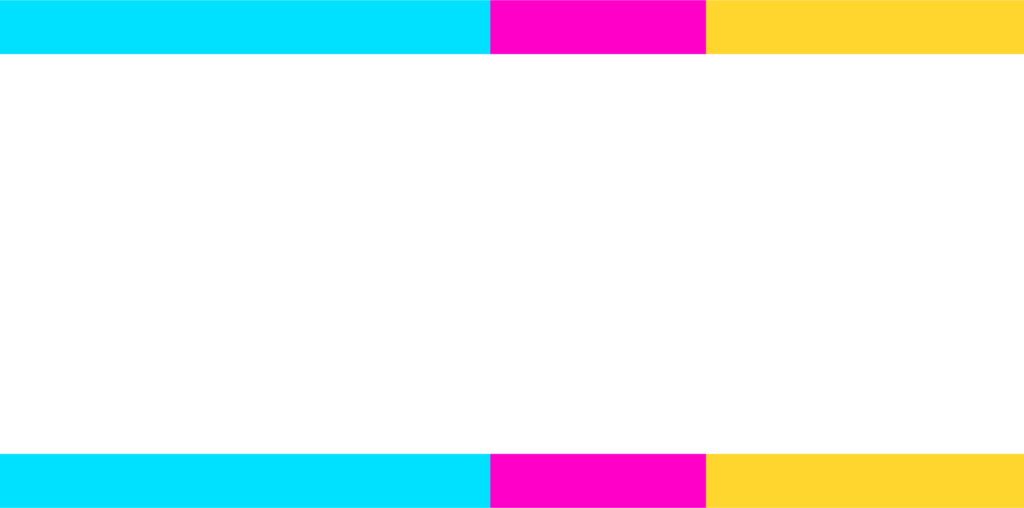- Spending on Private School Vouchers Increases Over Time
- Private School Vouchers Are Especially Harmful to Rural Communities
- Private School Voucher Programs Can Lead to Tax Hikes
- What Could $360 Million Buy for Idaho’s Public Schools?
All Idaho students, including the thousands residing in rural areas, deserve well-funded public schools. The state must reject private school voucher programs, which harm local public schools at the heart of rural communities.
FINANCIAL CONSEQUENCES
Idaho’s public education system is already underfunded. Education Law Center’s 2023 Making the Grade report on school finance in the United States ranks Idaho last in overall funding level, with per pupil funding $5,595 below the national average. [1] An Idaho Center for Fiscal Policy analysis found that the state’s general fund support for public schools was lower in 2022 than in 2002. [2] Voucher programs exacerbate this underfunding by diverting limited public dollars to private education and by decreasing enrollment in public schools, leading to reduced funding.
While the negative financial consequences of voucher programs are felt statewide, rural communities are hit especially hard. Rural school districts already face unique strains because they have fewer students and resources and cannot take advantage of the same economies of scale as larger school districts. [3] These factors make it difficult to support fixed costs that do not meaningfully change with reduced student enrollment, such as facilities maintenance and transportation. [4] When rural schools are left with fewer resources due to voucher programs, and their fixed costs remain the same, the challenge of providing quality instruction and services increases. [5]
This revenue loss also brings the threat of school closures, which pose hardships to students, such as long bus rides to schools outside their communities [6] and negative short-term impacts on academic performance, [7] and to residents who rely heavily on public schools for employment and healthcare and nutrition, as well as a gathering place for civic and social engagement. [8]
LACK OF ACCESS
Vouchers do not provide school “choice” for most rural students. In Indiana, for example, rural students largely do not participate in voucher programs due to the inaccessibility of private schools. [9] Similarly, a recent analysis found that that few students living in rural communities in Iowa are likely to participate in the state’s education savings account voucher program, as 41 of the state’s 99 counties do not have a private school, and 23 counties only have one. [10] The Center found that nearly half of all counties in Idaho (20) do not contain a single private school, and only 22 percent of Idaho’s 121 private schools are in rural towns.
Furthermore, rural towns in Idaho that do have a private school usually only have one. [11] The majority of the state’s private schools are in Ada County, where Idaho’s most populous city of Boise is located (see the map for the number of private schools in each of Idaho’s counties). Because private schools are concentrated in urban communities, a voucher program would divert rural tax dollars to subsidize payouts to private schools in Idaho counties that contain urban areas.

This resource is a collaboration between the Idaho Center for Fiscal Policy, a nonpartisan organization committed to offering Idahoans high-quality fiscal research and analysis, and Public Funds Public Schools, a national campaign directed by Education Law Center to ensure that public funds for education are used to support and strengthen public schools.

[1] Danielle Farrie & David G. Sciarra, Making the Grade: How Fair is School Funding in Your State?, Education Law Center (2023).
[2] May Roberts, Policy Basics: Idaho Public Schools Investment, Idaho Center for Fiscal Policy (Jan. 13, 2023).
[3] Jesse Levin, et al., Do schools in rural and nonrural districts allocate resources differently? An analysis of spending and staffing patterns in the West Region states, (Issues & Answers Report, REL 2011–No. 099), Washington, DC: U.S. Department of Education, Institute of Education Sciences, National Center for Education Evaluation and Regional Assistance, Regional Educational Laboratory West (2011).
[4] Public Funds Public Schools, The Myth of Cost Savings from Private School Vouchers.
[5] National Coalition for Public Education, Vouchers Don’t Work in Rural Areas.
[6] Id.
[7] Mara Casey Tieken, School closures can hit rural communities hard, The Conversation (Jan. 9, 2020).
[8] Emily Norman, Keep Rural Schools Open: Position and Policy, Online Journal of Rural Research & Policy, Volume 17 Issue 3 (2022).
[9] Save Our Schools Idaho, What would tax voucher schemes funnel away from your town’s schools?
[10] Ty Rushing, These 10 Iowa Counties Would Receive the Most in Voucher Money, Iowa Starting Line (Jan. 20, 2023).
[11] Idaho Center for Fiscal Policy analysis of Idaho State Department of Education and U.S. Census data.


